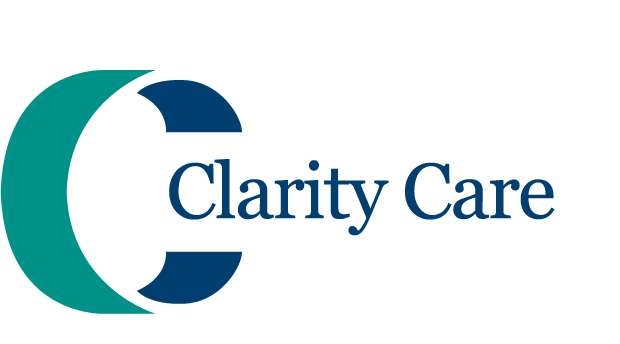What are uterine fibroids?
Affecting 25 to 40 percent of women in the United States, uterine fibroids are the most common noncancerous uterine growths in women of reproductive age and are often accompanied by a host of unpleasant symptoms. Fibroids can range in size and severity, and can shrink or grow over time, likely due to a range of hormone levels.

What are the symptoms of uterine fibroids?
Telltale indicators of uterine fibroids may include:
- heavy, prolonged menstrual periods
- spotting or bleeding between periods
- cramping and / or pelvic pain
- pain during sexual intercourse
- bladder pressure
- constipation
- frequent urination
The leading cause of hysterectomy (surgical removal of the uterus) in the country, fibroids can often be treated less invasively with uterine fibroid embolization.

Kansas City's Expert Uterine Fibroid Treatment: Step by Step
Benefits of Uterine Fibroid Embolization
Uterine fibroid embolization (UFE) offers advantages to traditional surgical methods, including preserved uterus and fertility, lower complication rates, and shorter recovery times. It is important to note that the choice between UFE and surgery is dependent upon many factors, including the size, number, and location of fibroids, as well as a woman's personal preference and overall health. UFE treats only existing fibroids and cannot prevent future growth.

After Uterine Fibroid Embolization
After a uterine fibroid embolization (UFE), you will be monitored for a short time to ensure there are no immediate complications. Patients may experience cramping, pain, or discomfort, which can be managed with pain medication. Most women can return home the same day. Follow up appointments with your healthcare provider, which may include imaging tests, will monitor your progress, and evaluate the effectiveness of the procedure.
Questions? We have answers.
- Age. Uterine fibroids are most common in women of reproductive age, typically between 30 and 50 years old. Risk of developing fibroids decreases after menopause.
- Family History. If your mother or sister has suffered from uterine fibroids, you are at an increased risk.
- Ethnicity. Studies have shown that certain ethnicities, including Black women, have a higher risk of developing uterine fibroids.
- Hormone Levels. Estrogen and progesterone, the hormones that regulate the menstrual cycle, are thought to play a role in the development and growth of fibroids. Fibroids tend to grow during pregnancy when hormone levels are high and shrink after menopause.
- Obesity. Being overweight may lead to hormonal imbalances, which contribute to fibroid growth.
- Other Medical Conditions. Polycystic ovary syndrome and metabolic syndrome may increase the risk of uterine fibroids.
No Procedure. Smaller fibroids bring fewer symptoms, and some fibroids may shrink naturally after menopause. For fibroids that are small or asymptomatic, a "watchful waiting" approach that includes regular monitoring may be the best course of action.
Medications. Birth control pills and other medications that control hormones can help with temporary relief of pain and discomfort, but only treat the symptoms - not the fibroids.
Surgery:
- Myomectomy. This surgical procedure involves the removal of fibroids while preserving the uterus.
- Hysterectomy. This procedure involves the surgical removal of the uterus, eliminating the possibility of future fibroid growth or symptoms. This is maybe recommended for women who do not wish to bear children in the future.
Clarity Care Imaging & Specialty Care is at 9040 Quivira Road in Lenexa, Kansas. Our center is conveniently located just north of Oak Park Mall with easy access from much of the Kansas City area including Overland Park, Olathe, Shawnee, Merriam, Mission, Leawood and Prairie Village.
Schedule an appointment?
LET'S GET STARTED
Care that covers Kansas City communities in Kansas & Missouri.
The Clarity Care Imaging & Specialty Care office is conveniently located at 9040 Quivira Road in Lenexa, Kansas. Our center is just north of Oak Park Mall with easy access from much of the Kansas City area including Overland Park, Olathe, Shawnee, Merriam, Mission, Leawood and Prairie Village.




